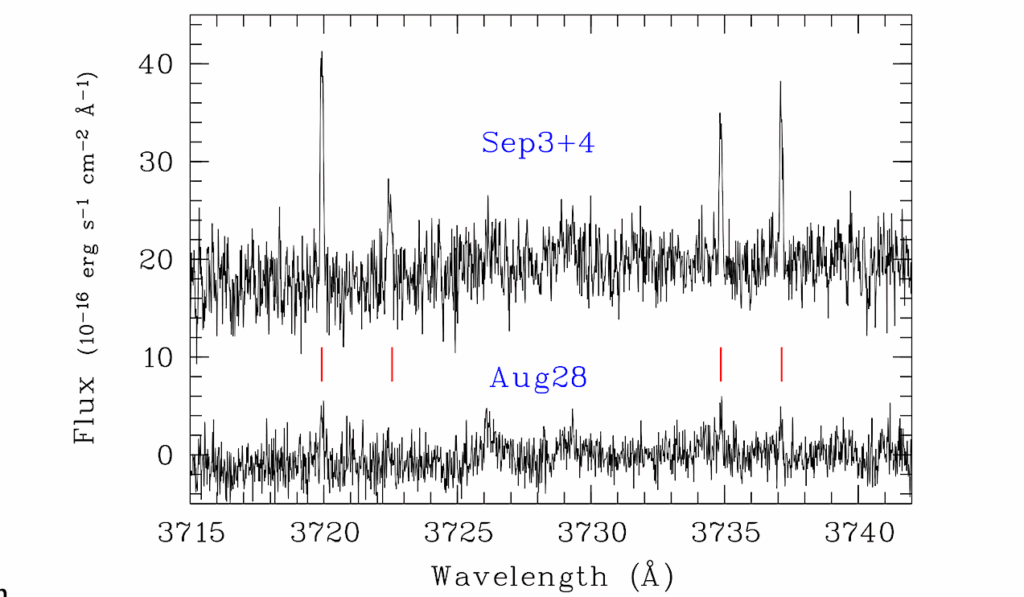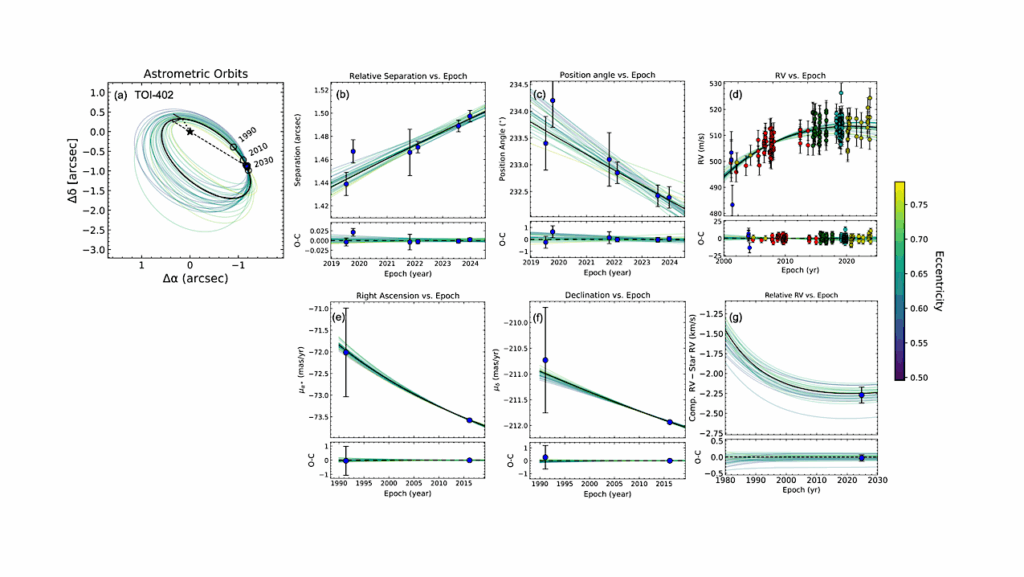Implications Of Atmospheric Non-detections For Trappist-1 Inner Planets on Atmospheric Retention Prospects For Outer Planets

JWST secondary eclipse observations of Trappist-1b seemingly disfavor atmospheres >~1 bar since heat redistribution is expected to yield dayside emission temperature below the ~500 K observed.
Given the similar densities of Trappist-1 planets, and the theoretical potential for atmospheric erosion around late M-dwarfs, this observation might be assumed to imply substantial atmospheres are also unlikely for the outer planets. However, the processes governing atmosphere erosion and replenishment are fundamentally different for inner and outer planets. Here, an atmosphere-interior evolution model is used to show that an airless Trappist-1b (and c) only weakly constrains stellar evolution, and that the odds of outer planets e and f retaining substantial atmospheres remain largely unchanged.
This is true even if the initial volatile inventories of planets in the Trappist-1 system are highly correlated. The reason for this result is that b and c sit unambiguously interior to the runaway greenhouse limit, and so have potentially experienced ~8 Gyr of XUV-driven hydrodynamic escape; complete atmospheric erosion in this environment only weakly constrains stellar evolution and escape parameterizations.
In contrast, e and f reside within the habitable zone, and likely experienced a comparatively short steam atmosphere during Trappist-1’s pre-main sequence, and consequently complete atmospheric erosion remains unlikely across a broad swath of parameter space (e and f retain atmospheres in ~98% of model runs). Naturally, it is still possible that all Trappist-1 planets formed volatile-poor and are all airless today. But the airlessness of b (and c) does not require this, and as such, JWST transit spectroscopy of e and f remains the best near-term opportunity to characterize the atmospheres of habitable zone terrestrial planets.
Joshua Krissansen-Totton
Comments: Accepted for publication in ApJL (June 7th 2023). First submitted May 3rd, 2023. 15 pages, 6 figures, 1 table
Subjects: Earth and Planetary Astrophysics (astro-ph.EP)
Cite as: arXiv:2306.05397 [astro-ph.EP] (or arXiv:2306.05397v1 [astro-ph.EP] for this version)
Submission history
From: Joshua Krissansen-Totton
[v1] Thu, 8 Jun 2023 17:49:38 UTC (3,125 KB)
https://arxiv.org/abs/2306.05397
Astrobiology








